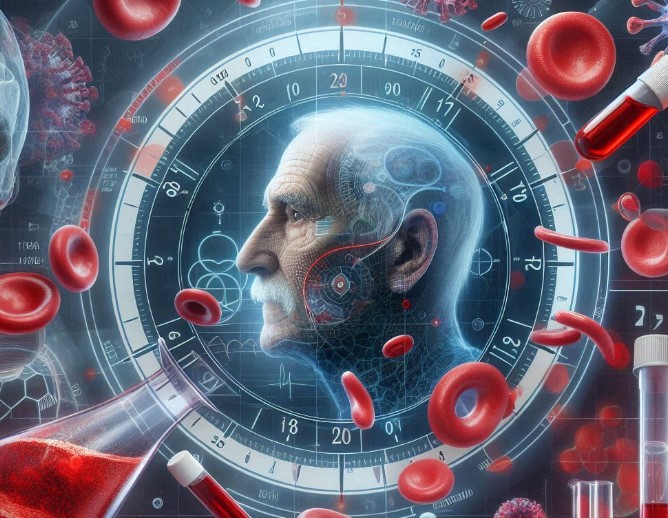Spanish research published in the journal Nature reveals a novel technique that allows us to identify the “barcodes” embedded in our DNA. These findings help us understand how blood ages and represent a first step toward anti-aging therapies and early screening for diseases such as leukemia.
The discovery, made by scientists at the Centre for Genomic Regulation (CRG) and the Institute for Research in Biomedicine (IRB Barcelona), is based on a comprehensive study of bone marrow donors and mice.
In both cases, blood stem cells show signs of aging, leading to a reduction in their diversity and a preference for certain types or “clones” that result in chronic inflammation. These changes are “almost universally” observed from the age of 60.
“We managed to label this type of clone cell with a barcode, a kind of surname, that reduces the diversity and robustness of the system,” explained Lars Velten, group leader at the CRG and co-author of the study, along with IRB researcher Alejo Rodríguez-Fraticelli, at a press conference.
Rodríguez-Fraticelli emphasizes that these findings were made possible by a technique developed in Barcelona that allows the “barcodes” of DNA in blood to be tracked over long periods of time. This opens up the possibility of studying rejuvenation therapies directly in humans without resorting to genetic modification.
“What we have discovered is extremely exciting; it will change the way we study cells and blood in textbooks,” he added.
EPI-Clone Technique
The technique, called “EPI-Clone,” which identifies these barcodes in each cell and is based on Mission Bio’s Tapestri single-cell sequencing platform, makes it possible to reconstruct the history of blood production. This allows researchers to determine which stem cells contribute to blood formation (expand) and which die out over time.
The study also found that some large cell clones had mutations associated with clonal hematopoiesis. This process describes how certain blood stem cells acquire mutations that allow them to grow and proliferate more rapidly than other cells.
This phenomenon occurs more frequently with age and has been shown to increase the risk of heart disease, stroke, and leukemia. Interestingly, many of the dominant clones identified by EPI-Clone did not have any known mutations. This suggests that clonal expansion is a general feature of the blood aging process and not exclusively an indicator of cancer risk.
Screenings for Early Detection
The researchers predict that in the future, doctors could use clonal behavior for early detection. This would make it possible to monitor a person’s blood stem cell pool over years and detect early signs of potential disease. Individuals who are found to be experiencing rapid loss of diversity or a rapid increase in clones at risk could be targeted for screening.
Velten hinted at the potential for screening if the technology can be further developed and the current cost reduced from about €5,000 per case to about €50. “We believe this is possible and opens the door to better preventing leukemia,” he said.
The researchers pointed out that blood diseases like leukemia are not as easy to detect in a timely manner as, for example, breast cancer, which has a more visible shape and consistency.
A gateway to anti-aging therapies
Furthermore, the study opens up prospects for anti-aging therapies in humans. Previous studies in mice have shown that the selective elimination of stem cells with myeloid bias (associated with chronic inflammation) can increase the production of lymphocytes that fight infections and improve immune responses.
The reference study, titled “Clonal tracing with somatic epimutations reveals dynamics of blood aging,” was funded by the Spanish Association Against Cancer (CRIS against Cancer), the European Research Council (ERC), the European Society of Hematology, the “la Caixa” Foundation, the Spanish Ministry of Science and Technology, and the Generalitat de Catalunya through CERCA.




